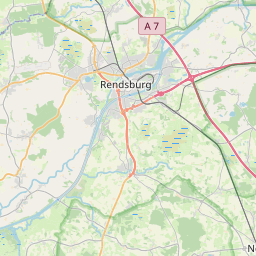






Description: Objective: The aim of the project is the development, dry test, simulated ocean test, and field test of an automated device for the in-situ detection and measurement of methane in seawater. Methane in water around pipelines is indicative of mechanical damage which can lead to leaks and failure of the pipeline. The device is likely to offer operational and cost advantages over existing schemes of inspection, both in-line (moles) and external (sonic and TV examination), and provides qualitatively new information on pipeline integrity. General Information: A project has been carried out as a result of which an automated system for the measurement of methane in seawater is available and operational. Used in the immediate vicinity of underwater pipelines, the system allows the detection of cracks and other leaks in oil and gas carrying pipelines at an early stage. The idea underlying the technique relies on the use of a natural tracer, methane, present in mineral oil and gas and highly mobile because of its small molecular weight and relative inertness. Brought into contact with water at elevated pressure as is found at the bottom of the sea, methane forms bubbles to a much lesser extent than at atmospheric pressure. Rather, a large fraction of the gas dissolves in the water. An increased methane content of the water surrounding a pipeline can thus be indicative of a defect through which the gas has leaked into the sea. The physical and physico-chemical aspects of the technique had been investigated prior to the start of the project. After the initialization and specification definition phase, optical, mechanical, and electronic components were procured or developed, and parallel tests of the different parts of the system were performed. A remotely operated vehicle was chosen. Components and system have subsequently been tested under dry, wet, and simulated pressure conditions, followed by field tests under realistic conditions in the North Sea. These fields tests were carried out by GKSS with a Norwegian partner. The final phase consisted in the documentation and assessment of the viability of the system for routine underwater pipeline inspection. Total cost of the project was about DM 5 million, distributed over four years. The successful completion of the project provides an early-detection system of damage to underwater oil and gas pipelines. It can thus help to prevent operational losses, contribute to the safety of the supply of hydrocarbons to the European Community, and ease the protection of marine ecosystems in endangered bodies of water such as the North Sea. Achievements: Tests with the underwater remotely operated vehicle SOLO in the Gullfaks oil field in the North Sea were completed to full satisfaction.
SupportProgram
Origins: /Bund/UBA/UFORDAT
Tags: Methangehalt ? Erdöl ? Messgerät ? Blei ? Kohlenwasserstoff ? Meerwasser ? Tracer ? Messtechnik ? Methan ? Automatisierung ? Gewässergrund ? Meeresgewässer ? Wasser ? Gasleitung ? Freilandversuch ? in situ ? Rohrleitung ? Gewässer ? Nordsee ?
Region: Schleswig-Holstein
Bounding boxes: 9.75° .. 9.75° x 54.2° .. 54.2°
License: cc-by-nc-nd/4.0
Language: Englisch/English
Time ranges: 1997-11-01 - 1999-12-31
Accessed 1 times.